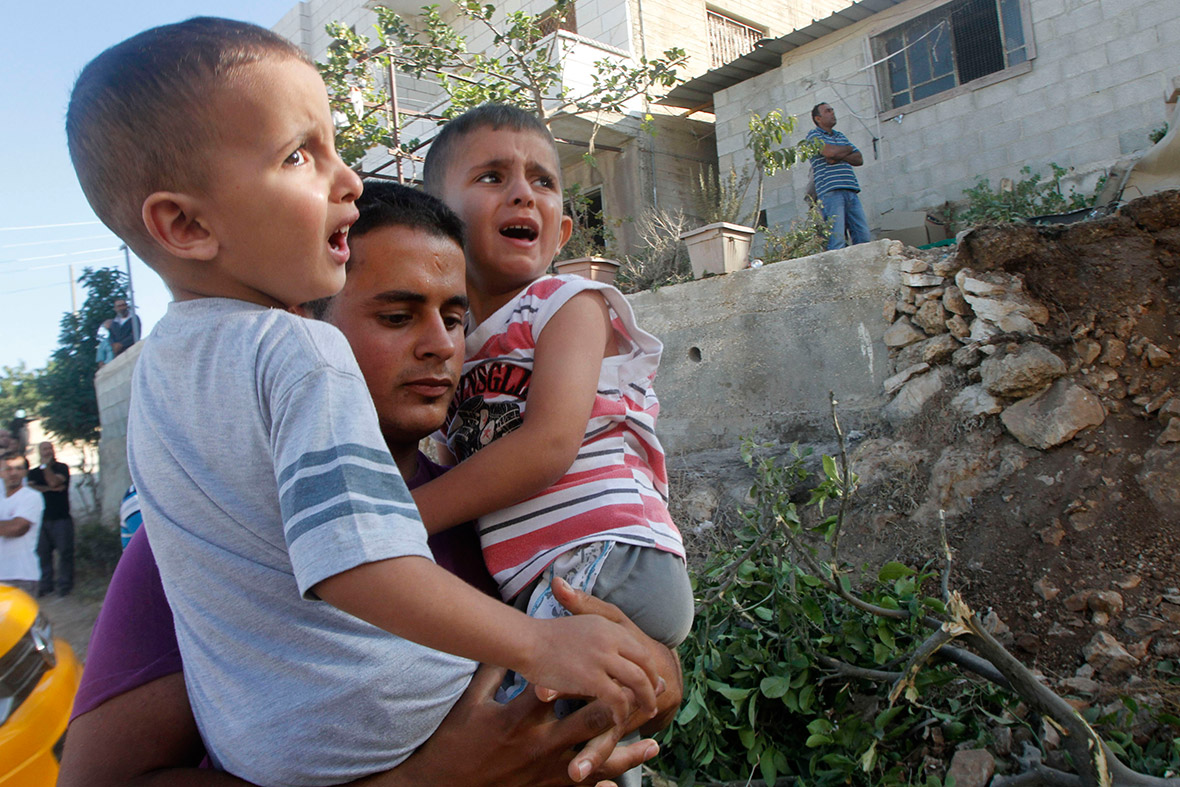Gaza Strip: Lies, Damned Lies and the Palestinian Civilian Death Toll Question
-
August 11, 2014 12:58 BST

The BBC is among several news organisations calling for caution when discussing the Gaza death count.Reuters
Major news organisations including the BBC, the New York Times and al-Jazeera have admitted that the statistics used to portray the number of deaths in Gaza during the ongoing conflict may not be accurate.
An indepth analysis of the widely-used Office of the UN High Commissioner for Human Rights (OHCHR) figures found that statistics emerging from the region show a "disproportionate" number of civilian casualties.
Since the Israeli Defence Forces launched Operation Protective Edge against Hamas began in July, media sources worldwide have published a daily 'body count' detailing the rising death toll of civilians in the Gaza Strip.
The most recent report on August 6 claims 1,843 Palestinian civilians including a reported 415 children have died as a result of Israeli fire.
“If the Israeli attacks have been 'indiscriminate,' as the UN Human Rights Council says, it's hard to work out why they have killed so many more civilian men than women.”
- Anthony Reuben, BBC News
These numbers have been used to globally condemn theactions of Israel in the Middle East conflict and show that Israel is indiscriminately targeting civilians, women and children in its attacks.
But the BBC's head of statistics, Anthony Reuben, has called for caution when dealing with Gaza death figures in an article on the BBC website, claiming there are "serious" problems with the broadly disseminated numbers .
Reuben says: "If the Israeli attacks have been 'indiscriminate,' as the UN Human Rights Council says, it's hard to work out why they have killed so many more civilian men than women.
The BBC analysis of the statistics found that "there were 216 members of armed groups killed, and another 725 men who were civilians. Among civilians, more than three times as many men were killed as women, while three times as many civilian men were killed as fighters."
The list of names and ages of the dead published by al-Jazeera also found men aged between 20 and 29 to be "significantly overrepresented".
All You Need to Know about Gaza in One Clear Animated MapIBTimes UK
The New York Times reached a similar conclusion in its analysis, stating: "The Times analysis, looking at 1,431 names, show that the population most likely to be militants, men aged 20-29, is also the most overrepresented in the death toll."
The Israel Defence Forces (IDF) have previously condemned the OHCHR figures by claiming they are skewed to condemn Israeli military action and lend sympathy to Palestine.
The BBC spoke to IDF spokesman Captain Eytan Buchman who said: "The UN numbers being reported are, by and by large, based on the Gaza Health Ministry, a Hamas-run organisation."
IDF has published its own 'death toll' statistics, which says they have killed 253 Hamas operatives, 147 Islamic Jihad operatives, 65 "operatives of various organisations", and 603 "operatives whose affiliation is unknown".
Capt Buchman told the BBC that one reason for the discrepancy between the two sets of numbers is because "when militants are brought to hospitals, they are brought in civilian clothing , obscuring terrorist affiliations."
The Gaza Health Ministry denies these accusations and has condemned the "bloodshed" of Gaza civilians by Israel.
Both the BBC and the New York Times have come under fire for their reporting of the Israel Gaza conflict, which shows a "pro-Israeli bias", claims pro-Palestine campaigners such as the Palestine Solidarity Campaign (PSC). The PSC co-ordinated a rally outside BBC headquarters in London in July to draw attention to its "one-sided coverage of Israel's assaults on Gaza".
No comments:
Post a Comment